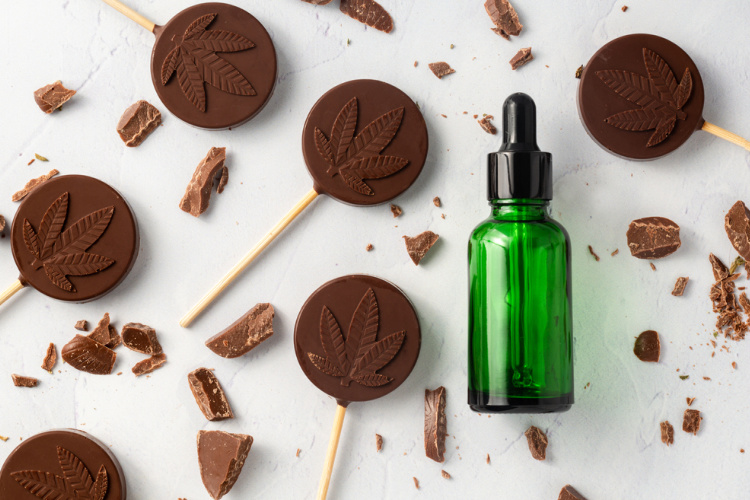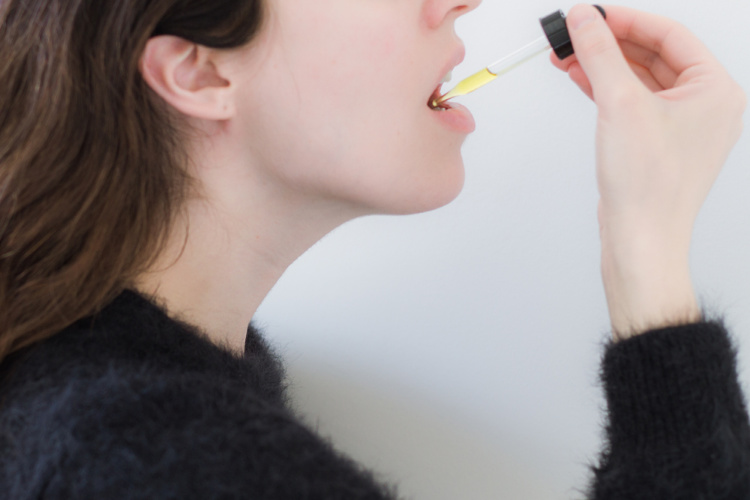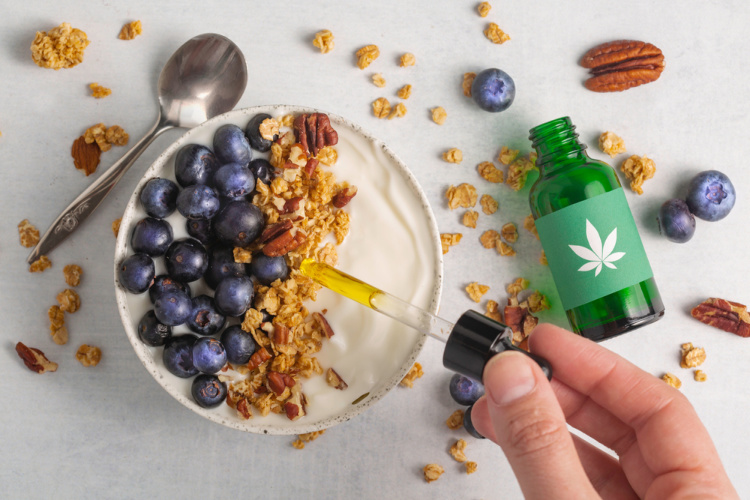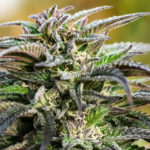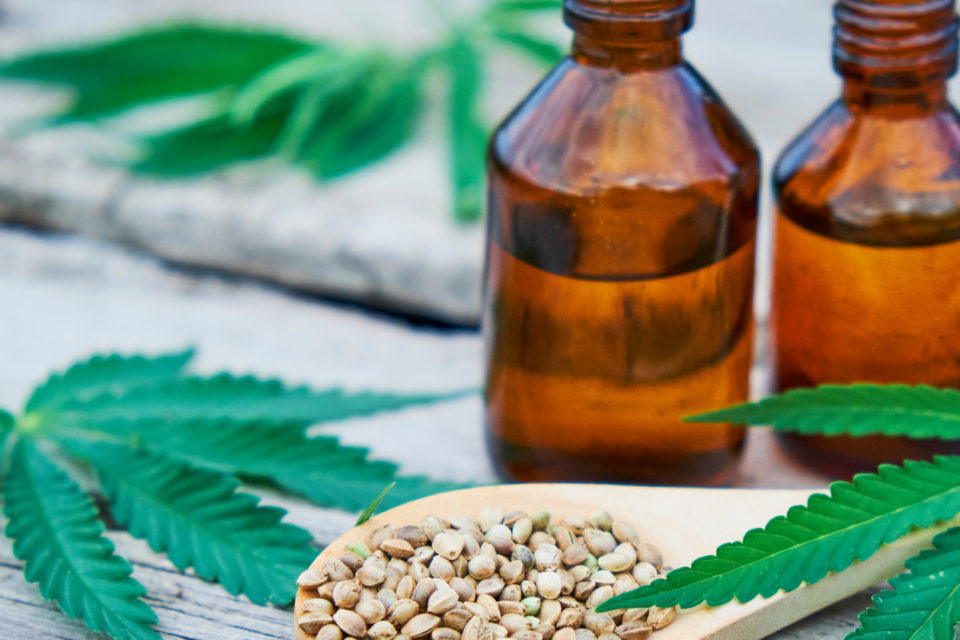The world of cannabis edibles is continually expanding, and it’s easier than ever to find innovative cannabis companies that create delicious and tempting edibles. But especially for those of us who love getting creative in the kitchen, it’s no secret that you can produce some of the best cannabis-infused foods and beverages right in your own home?
In today’s post, we’ll explore some of the basic ideas around cooking with THC tincture. We’ll also cover the basic steps around producing your own cannabis tincture, should you choose to go the completely homemade route. Ready to get cooking? Let’s dive in!
THC Tincture vs Edibles
Tinctures aren’t the same as edibles. If an edible is any food or beverage infused with cannabis, you can think of a tincture as the “raw product,” the potent cannabis extract that adds cannabinoids such as THC and CBD to those foods and beverages.
As such, tinctures are far more versatile than edibles. If relying on cannabis oils and cannabutter (a rich, cannabinoid-infused butter or fat) has been the go-to method for cooking cannabis-infused food, THC tinctures are steadily gaining popularity in the cannabis kitchen. Why? For one thing, they’re incredibly simple to use. In most cases, you simply add the desired number of drops directly into your recipe, and voilá: You’ve instantly created a cannabis-infused food or beverage.
Cooking with Cannabis: The Basics
To reap all the benefits of cannabis—including that distinctive psychoactive high—you have to use a cannabis product that’s already been decarboxylated. If you simply use un-decarboxylated cannabis flower for cooking, you won’t get this important effect. Why? In short, the process of decarboxylation is what activates the cannabinoids in cannabis. Rest assured, decarboxylated can be done simply and safely in a home oven.
That said, if you’re smoking, vaping, or dabbing, the heat you put to the product does the job for you. Similarly, the cannabis used to infuse cannabutter and canna-oil has already gone through the process of decarboxylation, and tinctures are created with cannabis that has been decarboxylated and are ready to be added directly to food and beverages. That’s yet another reason cooking with a pre-made cannabis tincture is gaining in popularity.
Now that you’re aware of this important step, let’s focus on the basics of cooking with cannabis tinctures.
How To Take Tinctures
Here’s one thing to know about cannabis tinctures: They do take a good bit longer than smoked or vaporized cannabis to take effect. In a previous post, we wrote about taking cannabis tinctures sublingually, or under the tongue, and how this process yields a faster onset time than simply swallowing the tincture. When you use a tincture sublingually, it will typically be absorbed into your bloodstream within about fifteen minutes. When you swallow a tincture, as you do when cooking with it, the tincture has to pass through your digestive tract before the cannabinoids are processed through your liver.
Because of this journey through your digestive system, the onset could take anywhere from one to two hours. You’ll also lose a little bit of potency from ingesting a tincture compared with using it sublingually. That means the number of drops you put under your tongue will have different effects than when you add them to food since more cannabinoids are lost to digestion. But keeping this in mind, with a little experimentation you should be able to find your sweet spot for cooking with tinctures.
Cooking with Cannabis Tinctures
So, what do you need to know about cannabis tinctures when it comes to cooking? Cannabis tinctures are created through a different process than cannabis oil or butter. Tinctures are extracted either into high-grade alcohol, food-grade glycerin, or a neutral medium, typically derived from coconut oil, that’s known as “MCT,” short for “medium-chain triglyceride.”
Because these mediums are fairly neutral in flavor and consistency, it helps make tinctures an ideal choice for products such as infused candy recipes including THC gummies or lollipops. Tinctures are also a popular choice for THC-infused beverages.
Tincture Recipe: How to Make Cannabis Tincture
Are you excited by the challenge of creating your very own tincture recipe? If so, here are the steps you’ll need to take to make an alcohol tincture:
- Begin by preheating your oven to anywhere from 220°F – 235°F degrees. If you have an oven thermometer, use it. Most ovens’ internal thermostats aren’t very accurate.
- Put cannabis flower —we recommend using at least enough to half-fill an 8-ounce Mason jar—in an ovenproof container such as a baking pan. Once the oven’s hot, roast the flower for about 40 minutes to decarboxylate it.
- Once the hour has passed, take out the flower, let it cool, and then grind it to as fine a consistency as you can. You can use a purpose-made grinder, a spice grinder, or even the flat edge of a knife.
- Now place the cannabis in that 8-ounce Mason jar, and cover it with the high-proof alcohol of your choice, at least an inch or so above the level of the flower. Vodka will work, although we prefer the neutral potency of Everclear.
- Now comes the hard part: Waiting. Cap the jar tightly and leave it in a dark pantry or a closet for four to six weeks, remembering to shake it well at least once a day. After those weeks have passed, strain the tincture through a very fine filter or cheesecloth, and check its potency with a few drops.
That’s it! You’ve made your very own cannabis tincture recipe!
Benefits of Cooking with THC Tinctures
The biggest benefit of cooking or baking with cannabis tincture is its simplicity and versatility. You can add the tincture to just about any food or drink, which isn’t the case with cannabis oils or butter. (Who wants greasy candy and cocktails, right?) You can add a tincture to anything you’d like, including juices, soups, ice cream, salad dressing, even mashed potatoes and gravy! It gives you the freedom to be as creative as you want to be.
Another added benefit of cooking with tinctures is precision. With a tincture, you can measure out the exact amount of THC down to the droplet. This is a much more difficult feat when you cook with canna-butter.
Cooking With Tincture: In Conclusion
Now that you know the ins and outs of cooking with tinctures, it’s time to give us a visit at Green Goddess. We’ve got a wide selection of tinctures that you can use to have plenty of fun in your kitchen. Or, try the cannabis tincture recipe we shared above, and then let us know how it went!
